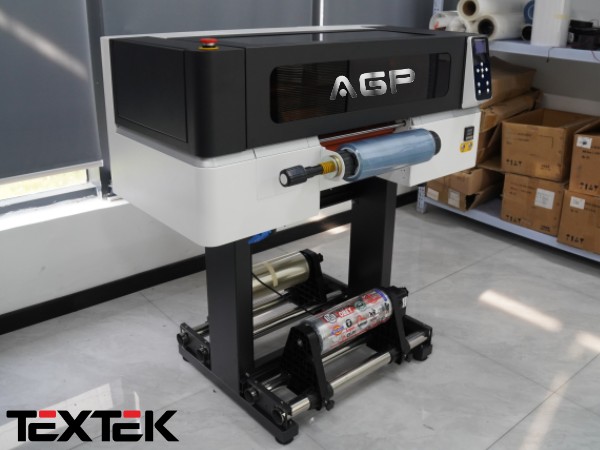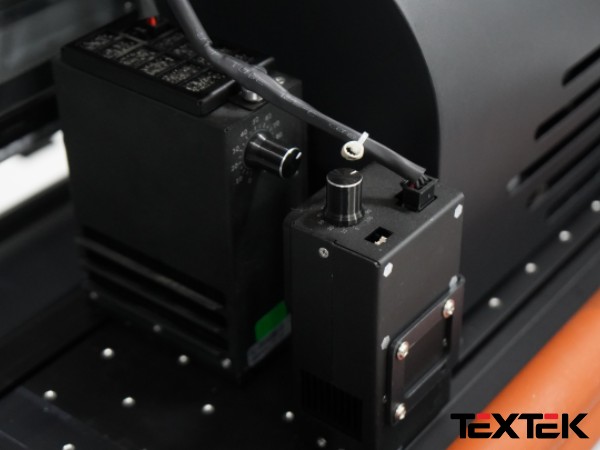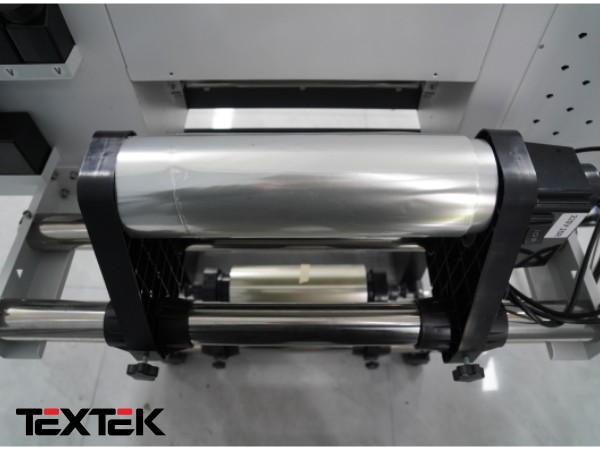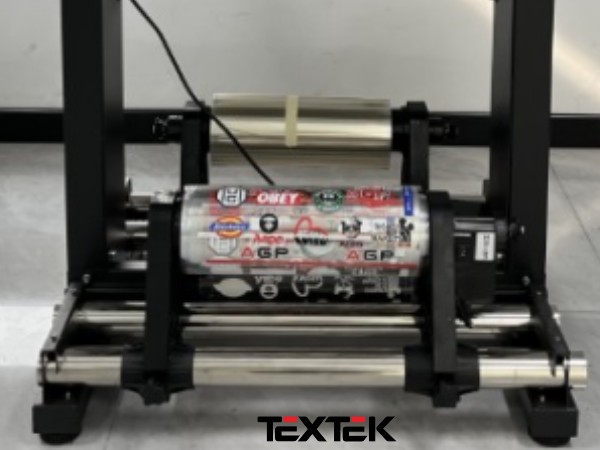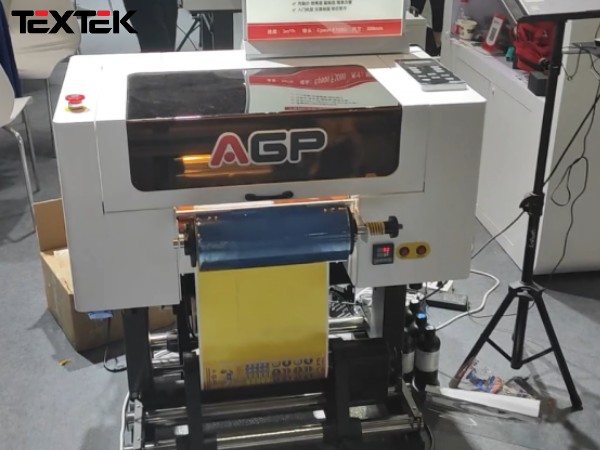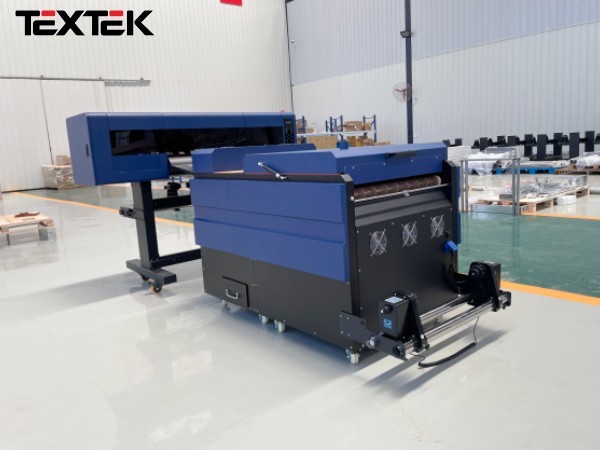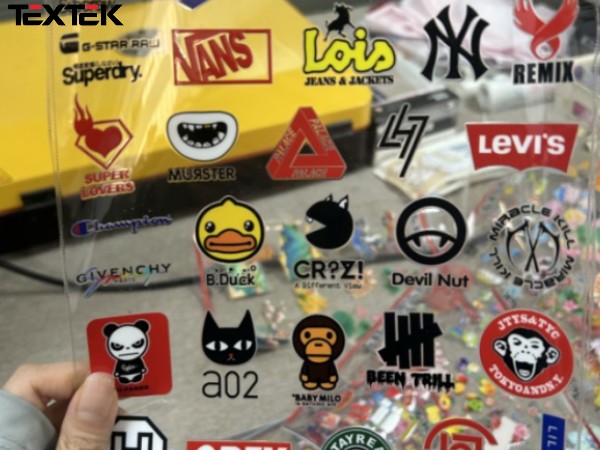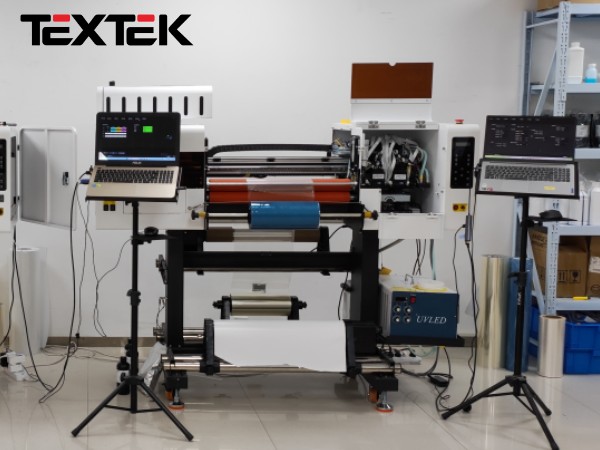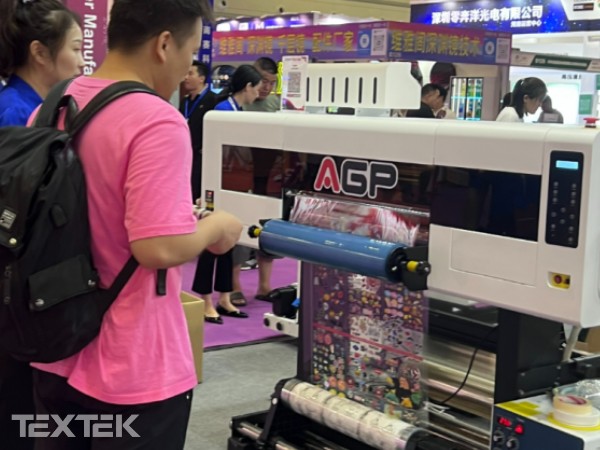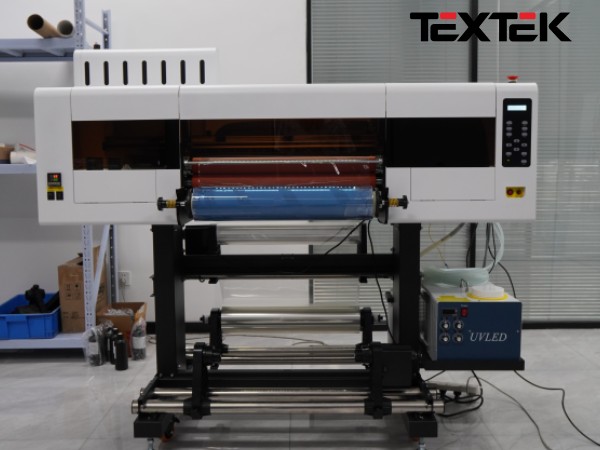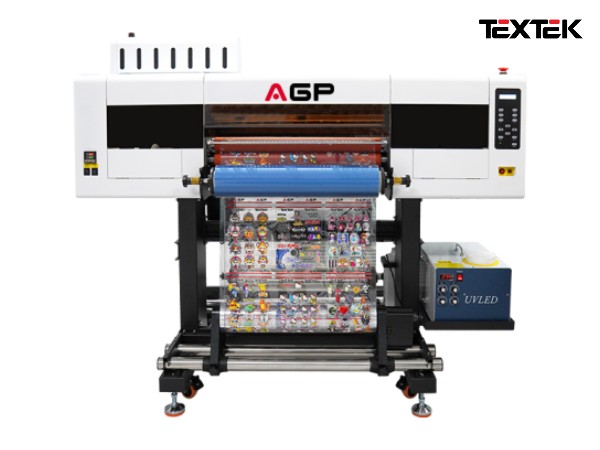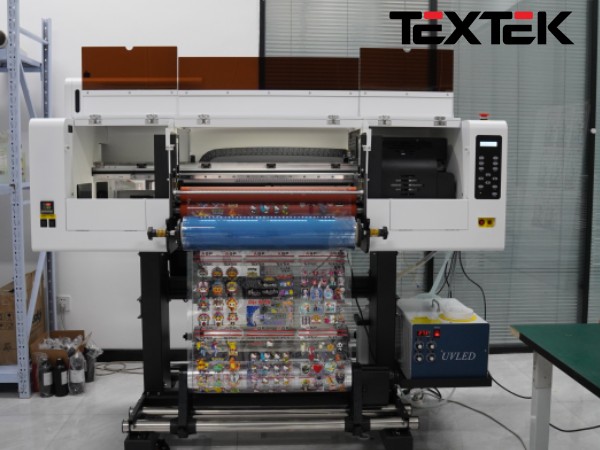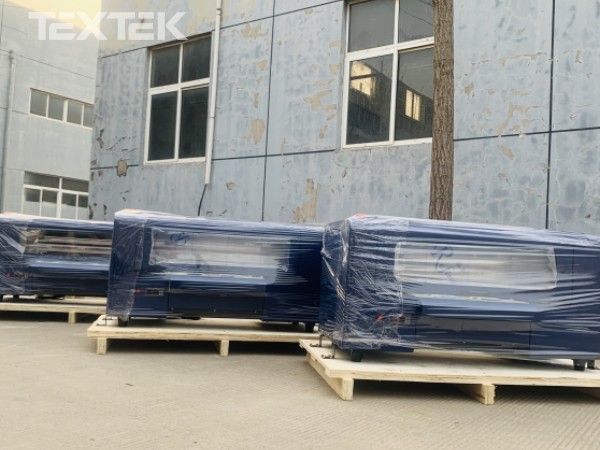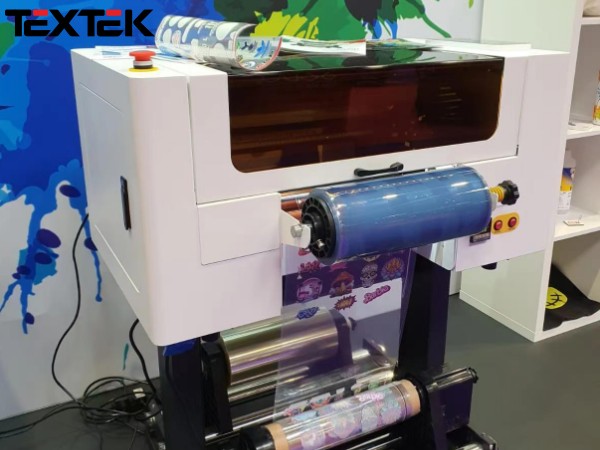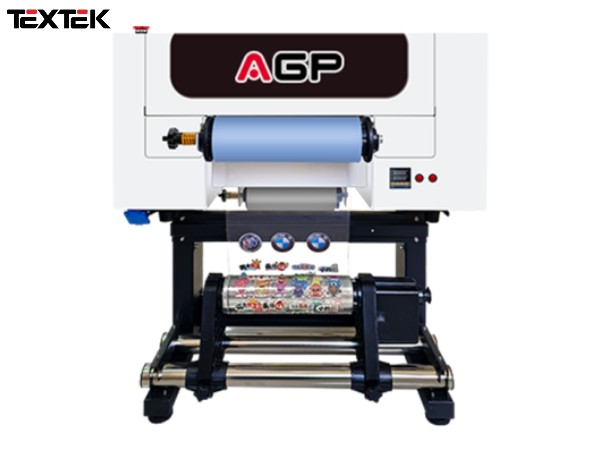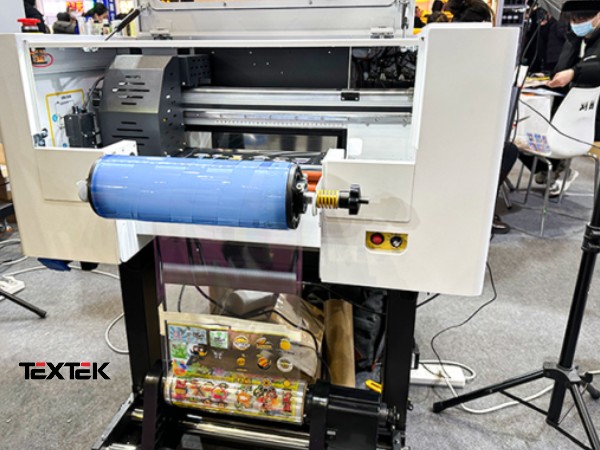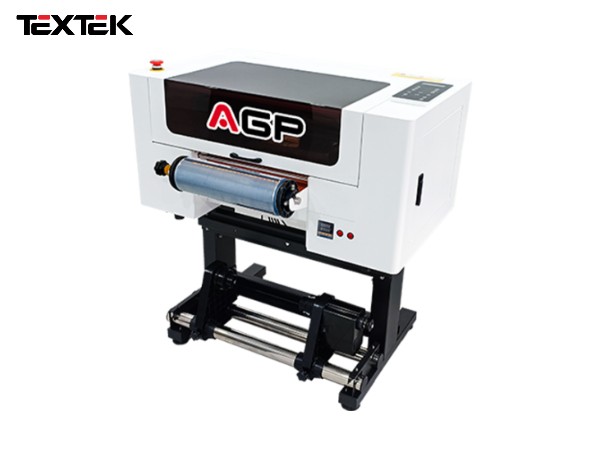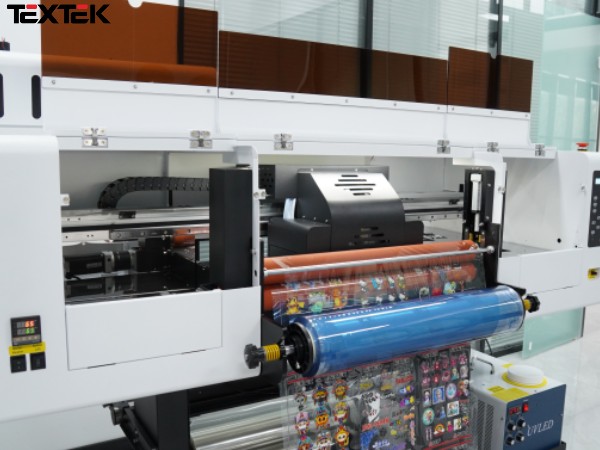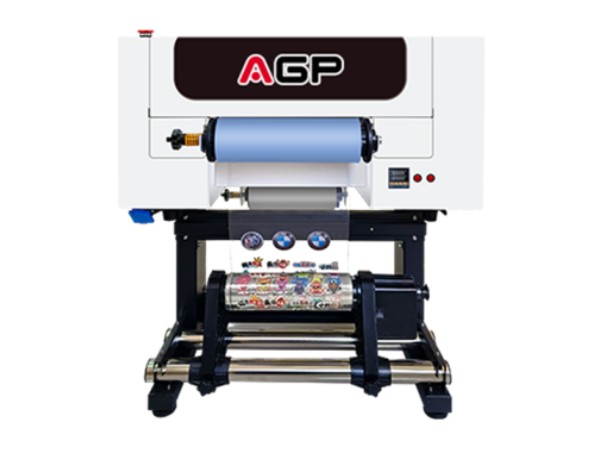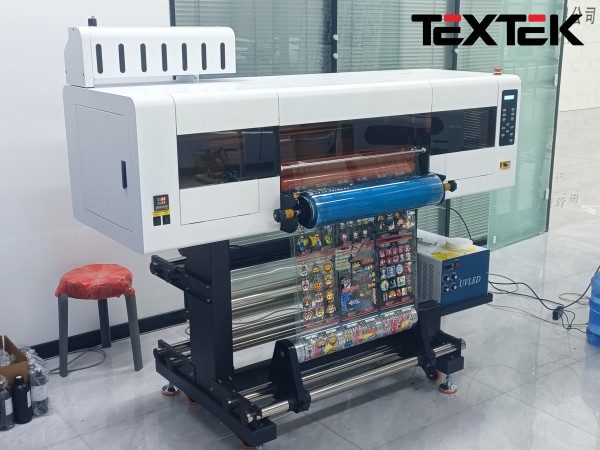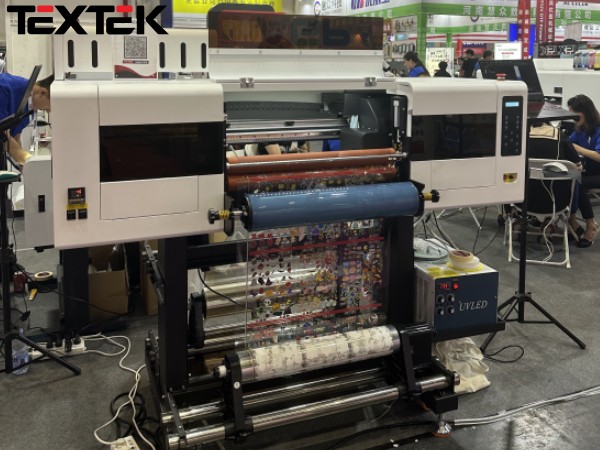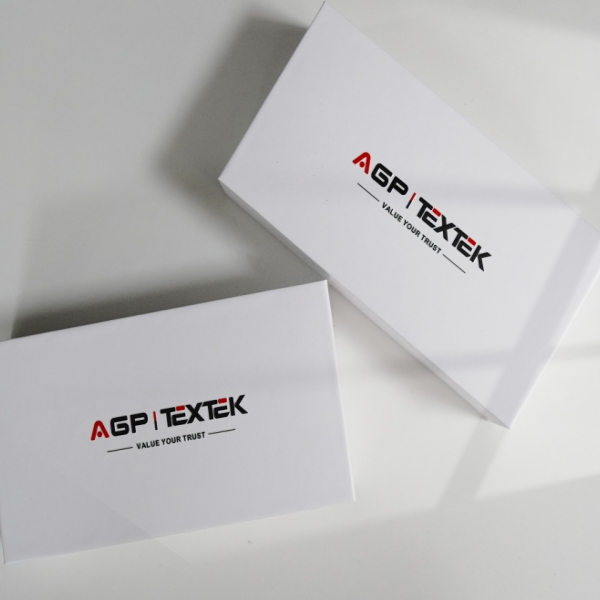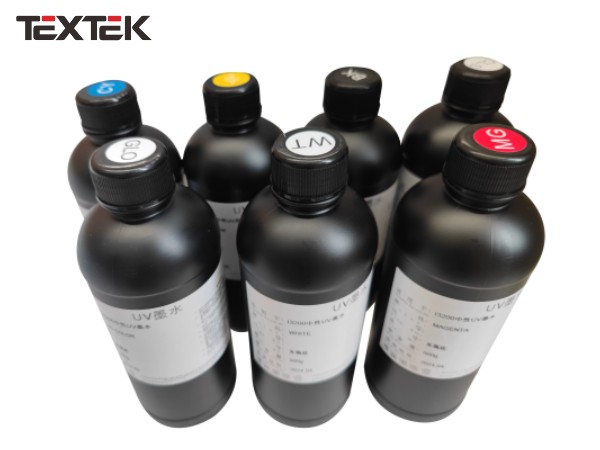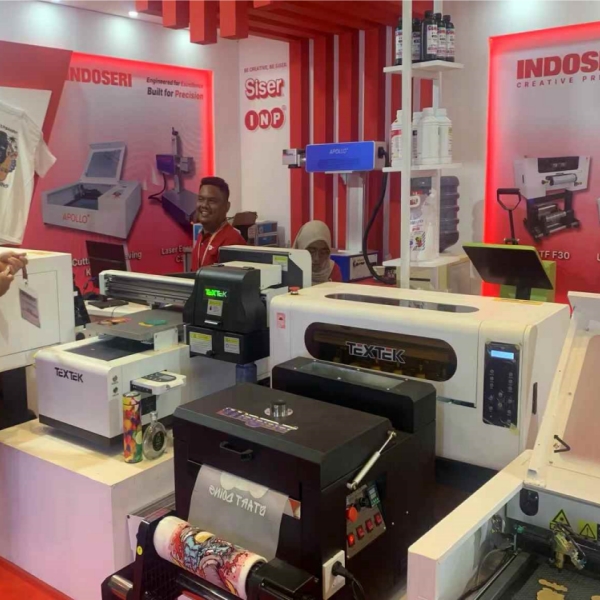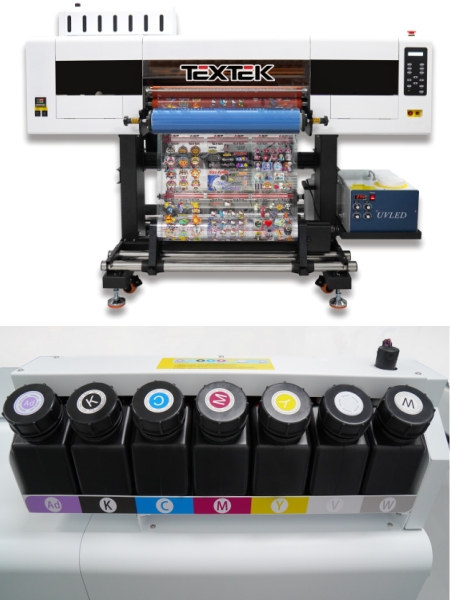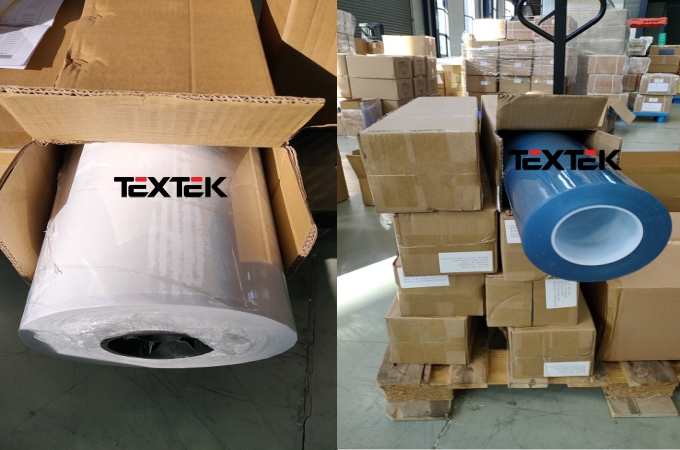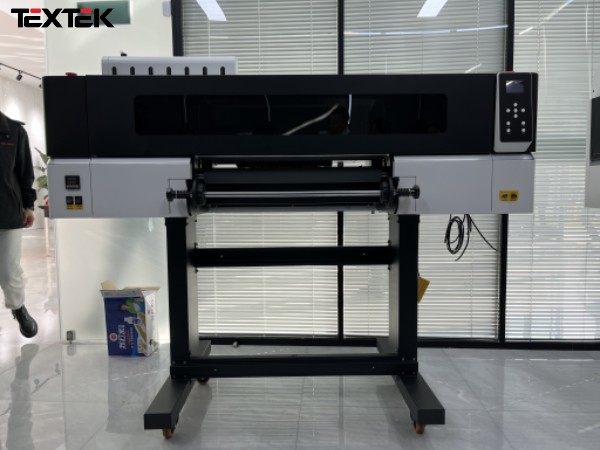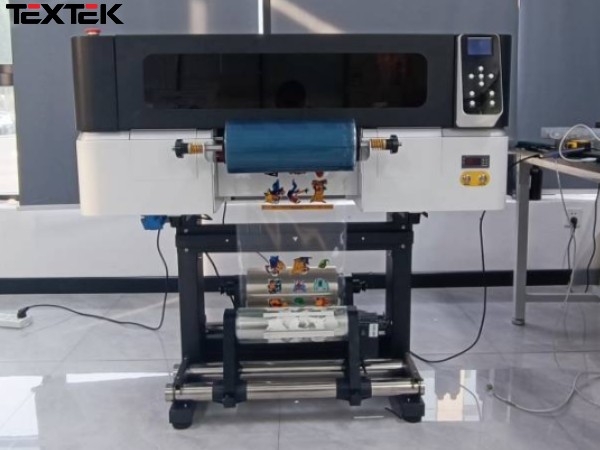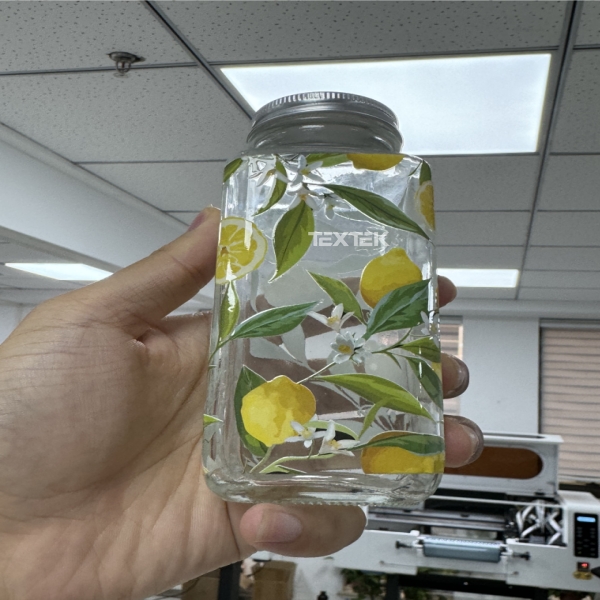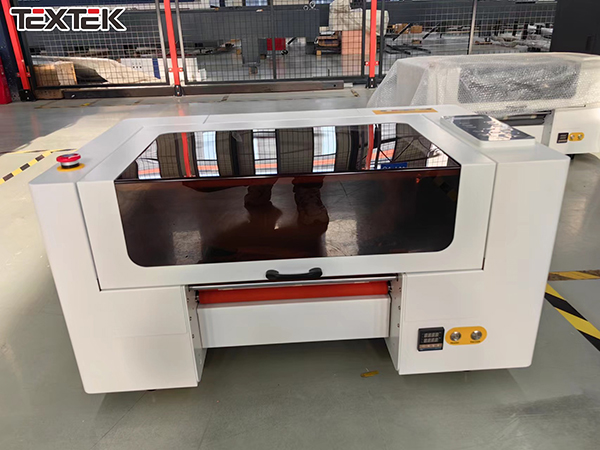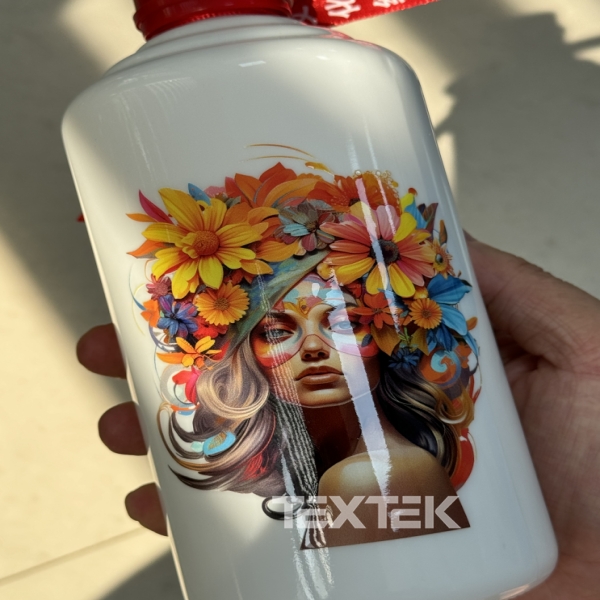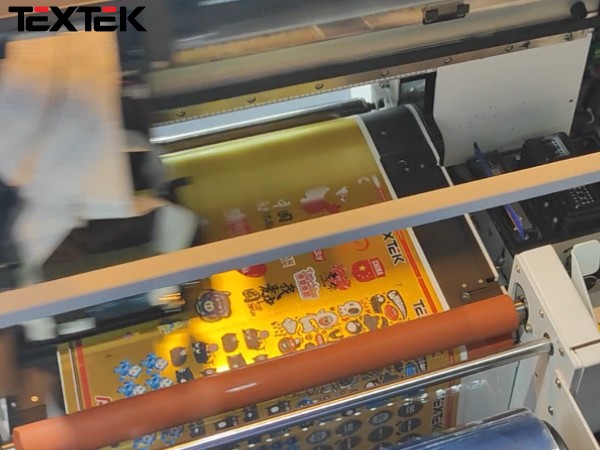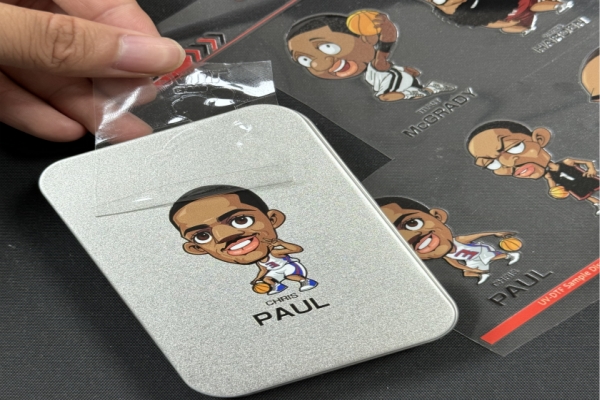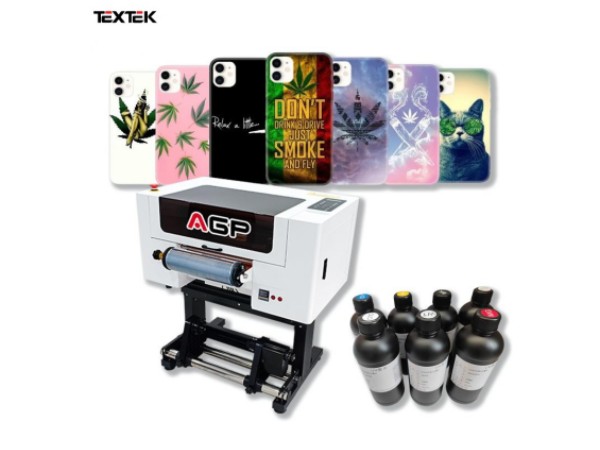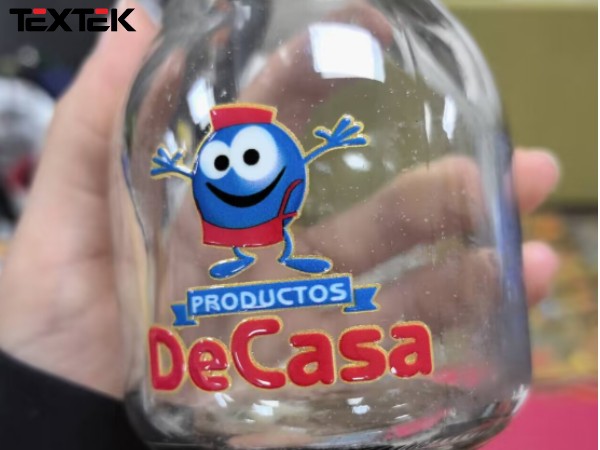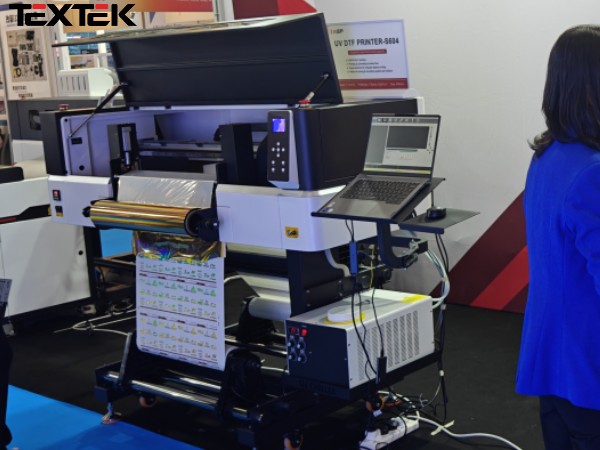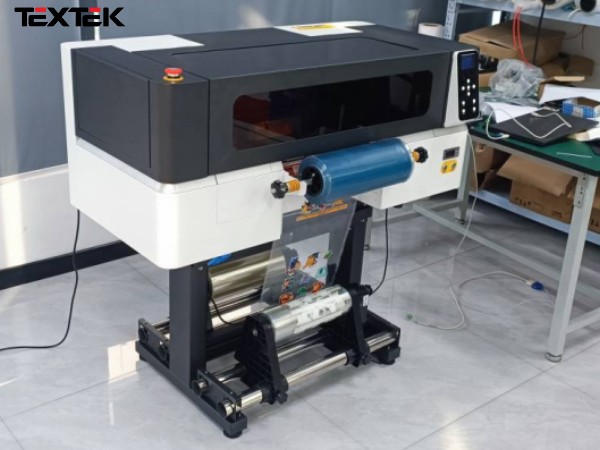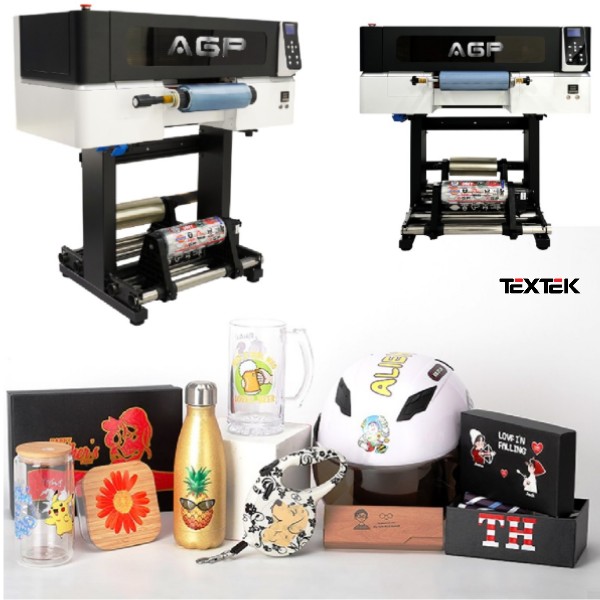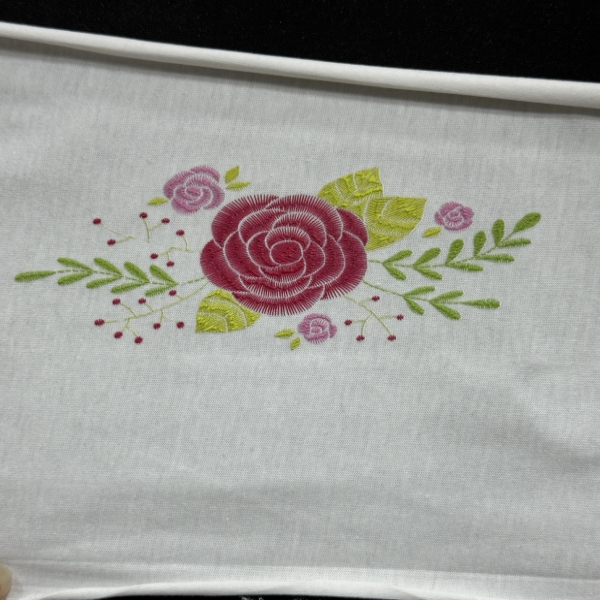As UV DTF (Direct-to-Film) printers gain popularity in the printing industry, it is important to identify potential challenges that users may encounter. While UV DTF printers offer a variety of advantages, it is important to be aware of certain issues that may arise during operation. In this blog, we will delve into the complexities of UV DTF printing and discuss some common problems users may face and possible solutions.
Adhesion Issues:.
One of the main challenges associated with UV DTF printing is getting the ink to adhere properly to the substrate. Poor adhesion can result in color bleeding, smudging, and incomplete transfers. This problem can be caused by factors such as improper cure settings, incompatible materials, and improper surface preparation. To mitigate this problem, it is important to optimize curing parameters, select appropriate substrates, and ensure proper cleaning and priming of the printed surface.
Image Quality and Resolution:.
UV DTF printers rely heavily on image resolution to produce high quality prints. Inadequate resolution can result in pixelation, loss of detail, and overall poor print quality. This issue can be caused by inadequate image preparation, poor quality artwork, or technical limitations of the printer. To address this issue, users should ensure that images are high resolution, use appropriate image editing software, and consider the technical specifications of the printer for optimal results.
Color accuracy and consistency:.
Maintaining color accuracy and consistency throughout the printing process is essential to achieving desired results. UV DTF printers can experience color-related problems such as color shifts, inaccurate color reproduction, and inconsistent color matching. These problems can be caused by factors such as improper color calibration, incompatible color profiles, and ink batch variation. To address this challenge, users should regularly calibrate their printers, use color management tools, and ensure a consistent ink supply from a reliable source.
Ink and Printhead Clogging:.
Ink nozzle and printhead clogging is a common problem with UV DTF printers, affecting print quality and disrupting production. Ink clogging can be caused by ink dehydration, dust buildup, or the use of low-quality or incompatible inks. To prevent clogging, it is important to keep the printer in a controlled environment, use compatible inks recommended by the manufacturer, and follow proper maintenance procedures such as regular printhead cleaning and purging.
Substrate Compatibility:.
UV DTF printing requires the use of a variety of materials, and ensuring compatibility between inks and materials is critical to printing success. Some materials may not adhere properly to UV inks or may react badly, causing print adhesion problems, color distortion, or surface damage. To overcome this challenge, it is essential to test ink and material compatibility prior to full-scale production, consult printer manufacturer guidelines, and consider alternative ink or material options if necessary.
Conclusion:
While UV DTF printing offers many benefits to the printing industry, it is important to be aware of potential challenges that may arise. By understanding and addressing issues such as adhesion problems, image quality, color accuracy, clogging, and substrate compatibility, users can optimize the UV DTF printing process to achieve superior results. By paying close attention to these unique challenges, UV DTF printers can continue to revolutionize the world of printing.
